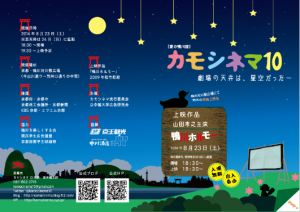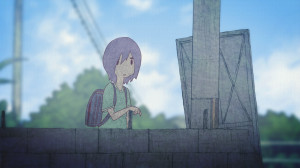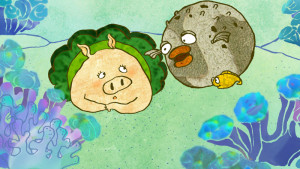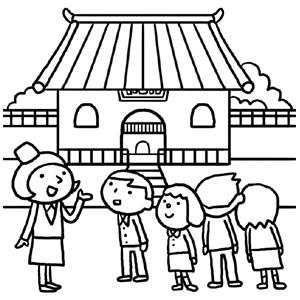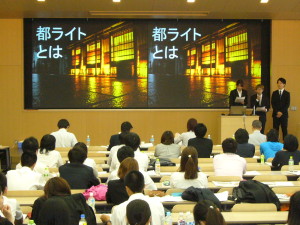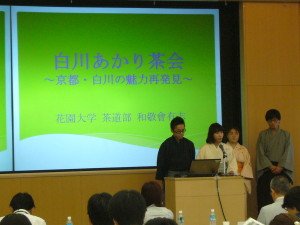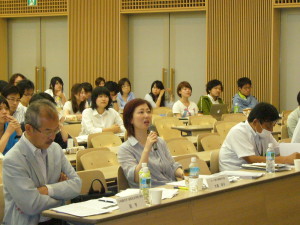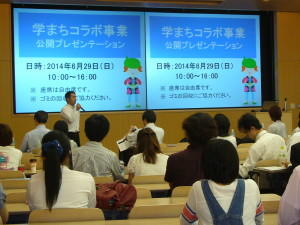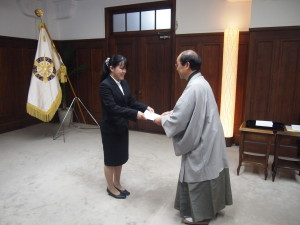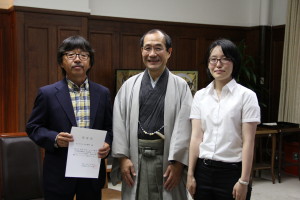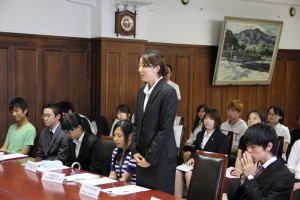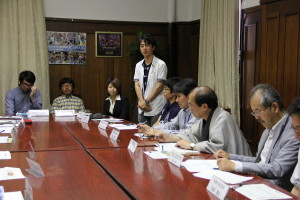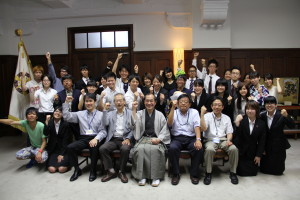As part of the Kyoto City Policy Evaluation System, the “Survey on Citizens’ Perceptions of Citizens’ Lives” is conducted to grasp the actual feelings of citizens about the extent to which the policies and measures listed in the city’s basic plan are being achieved. It can be used by those who are engaged in community development activities.
In addition, as a document edition, the results of the survey on the perception of life by generation, gender, and residence for all 130 items in all 27 policy areas, the survey results on the importance of policies in all 27 policy areas, and the correlation between the perception of life and the importance of the policy are also posted.
Please take a look.

What can we learn from the analysis?
・Comparison results with the average of the past two years in terms of actual living conditions– Policy priority based on the correlation between people’s lives and policy importance
・Policy areas where there is a correlation between the perception of life and the feeling of happiness
– Potential needs of different generations through free-form analysis
– Trends and issues of generation and gender in terms of life and policy importance by policy area
Data in the results of the analysis
Analysis results related to the 25th “Citizen Life Realization Survey” Overall [Click here for details]
I. Outline of the 25th Citizen Life Survey [Click here for details]
Reference: 130 items in 27 fields [Click here for details]
II. Results of responses to the questionnaire on the perception of daily life, importance of policies, interest in municipal government, and happiness [Click here for details]
III. Analysis using statistical analysis methods
1 Comparison with the average of the past two years in terms of actual life [Click here for details]
2. Consideration of policy priorities based on policy importance and lifestyle experience [Click here for details]
3 Correlation between the perception of life and the feeling of happiness [Click here for details]
4 Analysis of free text [Click here for details]
IV. Discussion by Policy Area [Click here for details]
Literature
The following items are posted as materials.・Aggregation of the results of a survey of 130 items in all 27 policy areas by generation, gender, and residence
– Aggregation of
policy importance in all 27 policy areas by generation, gender, and residence– Policy priorities
by generation, gender, and residence in terms of the relationship between life perception and policy importance in all 27 policy areas(Policy areas with a high sense of life are effective, but policy areas with a low sense of life and high policy importance need to be improved, and policy areas with a low sense of life and policy importance need to be raised as a whole.) )
Data in the Archives
1 Environment: Actual Lifestyle, Policy Importance, Policy Priorities2. Human Rights and Gender Equality: Actual Life Experience, Policy Importance, Policy Priorities
3. Youth Growth and Participation: Actual Life Experience, Policy Importance, Policy Priorities
4 Civic Life and Community: Realization of Life, Policy Importance, Policy Priorities
5 Safety of Citizens’ Lives: Actual LifestylesPolicy Importance, Policy Priorities
6 Culture: Lifestyle, Experience, Policy Importance, Policy Priorities
7 Sports: Actual Life Policy, Importance, Policy Priorities
8 Industry and Commerce: Actual Life ExperiencePolicy ImportancePolicy Priorities
9 Tourism Lifestyle ExperiencePolicy ImportancePolicy Priorities
10 Agriculture and Forestry: Actual Life Policies, Importance, Policy Priorities
11 Universities: Actual Life Experience, Policy Importance, Policy Priority
12 Internationalization: Actual Life Perceptions, Policy Importance, Policy Priorities
13 Child-rearing support: Actual life of the policy, importance of the policy, policy priority
14 Welfare for Persons with Disabilities: Actual Life Policy, Importance, Policy Priority
15 Community Welfare Realization of Life Policy Importance Policy Priority
16 Welfare for the Elderly: Actual Life Perception Policy, Importance, Policy Priority
17 Health and Hygiene and Medical Care Actual Life Policy Importance Policy Priority
18 School Education: Actual Life Experience, Policy Importance, Policy Priority
19 Lifelong Learning: Actual Life ExperiencePolicy ImportancePolicy Priorities
20 Walking Towns: Feeling of LifePolicy ImportancePolicy Priorities
21 Land Use and Urban Functional Arrangement Importance of Lifestyle Policies Policy Priorities
22 Landscape: Actual Lifestyle, Policy Importance, Policy Priority
23 Buildings: Actual Lifestyle, Policy Importance, Policy Priority
24 Housing: Perception of life, Policy importance, Policy priority
25 Roads and Greenery: Actual Lifestyle, Policy Importance, Policy Priorities
26 Fire & Disaster Prevention Actual Life Policy ImportancePolicy Priority
27 Water for Living: Actual Life Policy Importance, Policy Priority
Inquiries
University Consortium Kyoto Think Tank ProjectTEL 075-708-5803 FAX 075-353-9101
〒600-8216 Shimogyo-ku, Kyoto-shi, Nishitoin-dori, Shiokoji, Shimo-ku, Kyoto, Campus Plaza Kyoto
* Reception hours: Tuesday ~ Saturday 9:00 ~ 17:00 (excluding year-end and New Year holidays)















